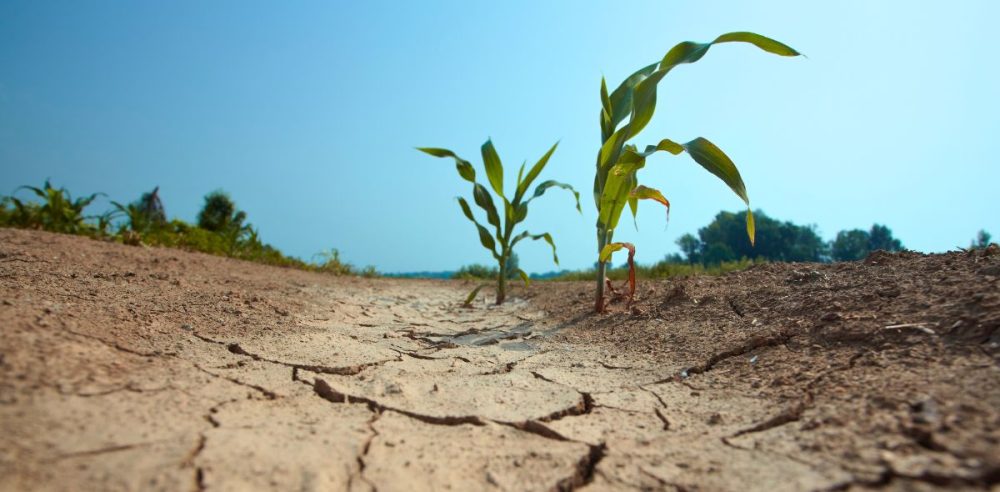As the October 24 deadline quickly approaches, Mexico is under increasing pressure to settle a longstanding water debt with America, which is only made more difficult by an ongoing drought.
The debt, which now stands at over 1.3 million “acre-feet of water,” comes from Mexico’s obligations under the 1944 binational water treaty to deliver water to the Rio Grande area. If the debt remains unresolved by late October, the consequences could be severe for both sides of the border.
The situation has become even more urgent, with Texas farmers and ranchers bearing the brunt of the recent water shortage.
During a visit to South Texas last week, Senator Ted Cruz spoke on the economic toll the water debt has taken on the local agriculture industry.
“Mexico is behind 1.3 million acre-feet of water. The result is devastating to South Texas farmers and ranchers,” Cruz said, per the Rio Grande Guardian.
While the financial and environmental impact is felt in Texas, the root cause of the water debt appears to be the severe drought conditions plaguing northern Mexico, according to BorderReport. Water reservoirs in Mexico are running dangerously low, with big reservoirs like the La Boquilla Dam in Chihuahua at just 15% capacity and Las Virgenes Reservoir at a low 11.7%.
“We want to comply with the treaty, from which both countries benefit greatly. But we are in a drought situation made worse in recent years due to factors such as climate change,” a Mexican official told Border Report.
The 1944 treaty requires that Mexico must deliver 350,000 acre-feet of water annually to America, totaling 1.75 million acre-feet over a five-year timespan. However, as of March 2025, only 30% of the required water has allegedly been delivered from our Southern neighbor, leaving a big gap that must be addressed in the coming months.
Five years ago, America and Mexico reached a similar deadlock, with a compromise ending in Mexico giving up water rights for the Falcon and Amistad reservoirs in Texas to the United States, per AP News.
Despite the water supply challenges, Mexican officials have expressed a commitment to fulfilling their obligations to the U.S. and its farmers. Manuel Morales, the head of the Mexican Section of the International Boundary and Water Commission, acknowledged the debt in a recent interview with Televisa, saying, “It’s complicated, but we are analyzing options.”
“Let’s remember the treaty says if there’s drought conditions, Mexico has an additional five years to make up the shortfall in addition to its next five-year cycle obligations. There is a drought, a severe drought particularly in the Upper Rio Grande basin – the Conchos River. And that has contributed to Mexico experiencing a delay in its water deliveries,” Morales added.
As negotiations on the water debt continue, all eyes are on the Rio Grande basin, where both Mexico and the U.S. are facing dwindling water supplies.


